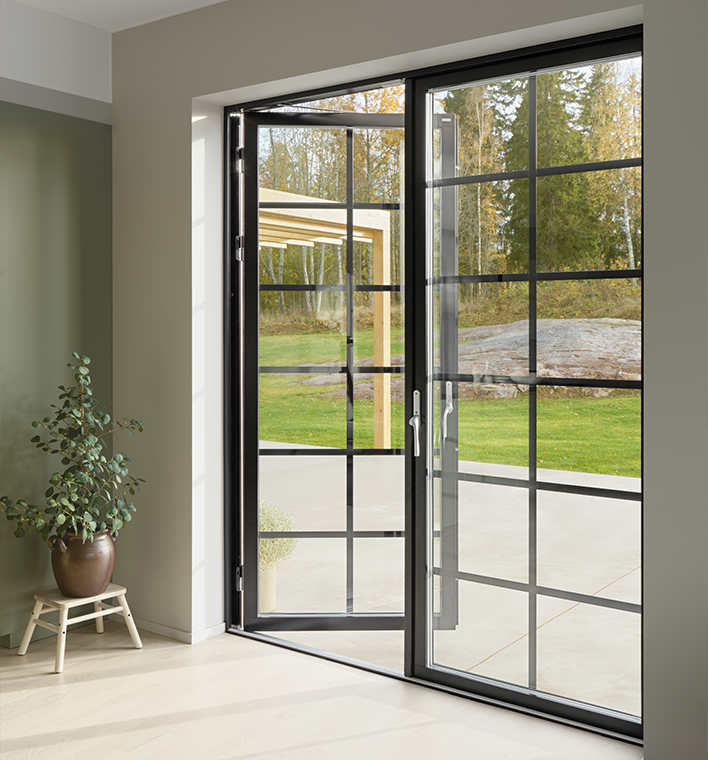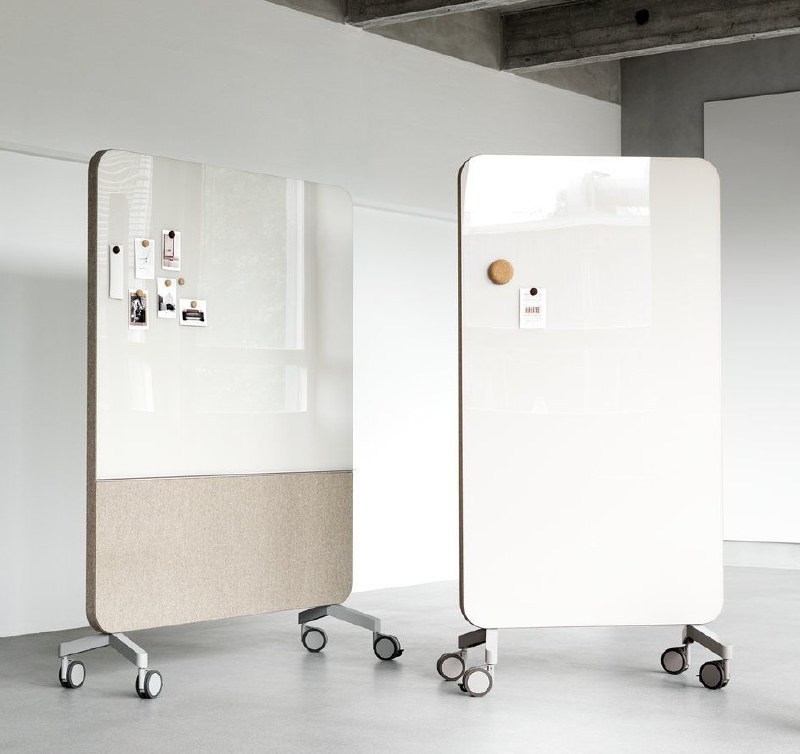Environmental declaration – EPD
An EPD (Environmental Product Declaration) is an environmental product declaration that allows suppliers to communicate the environmental performance of their product or service in a credible and transparent manner. An EPD is based on a life cycle analysis conducted in accordance with rules specific to the product category to which the product belongs. This ensures that all EPDs made according to the same product category rules are comparable. An EPD is third-party verified and meets the requirements of ISO 14025 (Type III Environmental Declarations).
There are many reasons to create an EPD.
- Understanding one’s environmental impact and reducing it. An EPD is based on a life cycle analysis that maps out the environmental impact of the product over the entire life cycle of the product. It provides a very good basis for understanding one’s environmental impact and finding opportunities for improvement.
- Secure and credible communication of your product’s environmental performance. An EPD is third-party verified, which means that your declaration is quality assured, and thus, you can communicate your product’s environmental performance in a secure and credible manner.
- Meeting customer requirements. It is becoming increasingly common for customers to request or require EPDs in procurement and as a basis for purchasing decisions. An EPD provides your customers with the information they need to make informed decisions and gives them the basis they need in sustainability reporting to monitor goals and demonstrate compliance. By providing transparent and third-party verified information, you can build trust with your customers and position your company within sustainability.
- Meet current and future regulations As sustainability demands on companies increase, it becomes increasingly important to have structured and active sustainability efforts. The process of developing EPDs and the results themselves provide a good basis for your company’s sustainability efforts, regardless of whether you operate in an industry where EPDs are currently required by law or not.
How to make an EPD

- Find right PCR. An EPD is made according to product category-specific rules (PCR). The first step in creating an EPD is to find the appropriate PCR for your product. If there are no product category rules for your product, we can develop these in conjunction with conducting the LCA. Du kan search for existing PCRs on Environdecwebsite.
- Life cycle assessment: Conduct LCA according to PCR (read more about LCA here)
- Create EPD-report: The result from LCA is summarized in EPD report
- Third party review: LCA and EPD-report is reviewed by a certified verifier.
- Registration and publication: EPDs should be registered and published in a so-called EPD system. Some of the most widespread EPD systems are EPD International and EPD Norway.
Support with EPD
We at Miljögiraff are happy to assist you with your EPD process – from development to registration and publication. Our ambition is to do this in an efficient and cost-effective manner. We have experts with over 20 years of experience in conducting life cycle analyses and work with EPDs in all industries and EPD systems. Our experience tells us that there are significant economies of scale to be gained by gradually working with EPDs. We have produced EPDs for a variety of products, including building materials, furniture, and clothing. Additionally, we offer scalable solutions by creating EPD generators or developing processes so that you can create your own EPDs.


